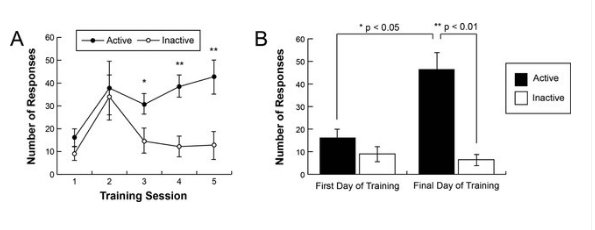
Figure caption: The ROBucket can train mice to respond for sucrose. (a) Number of responses on the active (closed circles) and inactive (open circles) during the first five 1-h training sessions. (b) Number of responses on the active (black bars) and inactive (white bars) during the first and last day of each animal’s training. Data are expressed as mean ± SEM. Asterisks indicate significant within-subject difference (* p < 0.05, ** p < 0.01), analyzed by a post hoc two-tailed paired t-test.
 Lex Kravitz
Lex Kravitz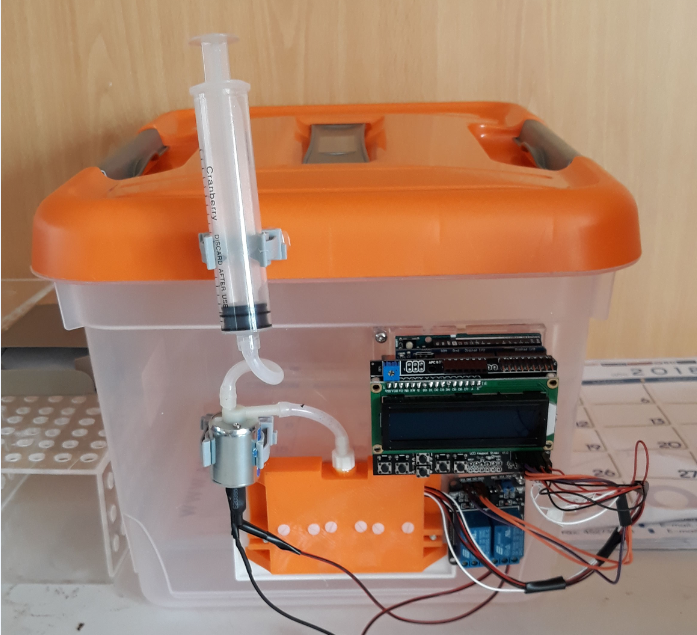


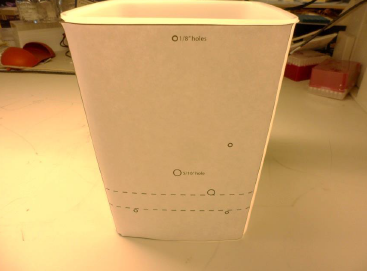
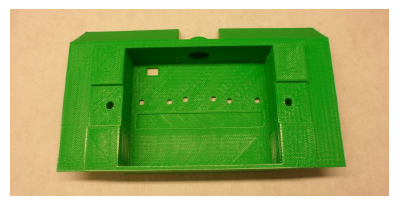



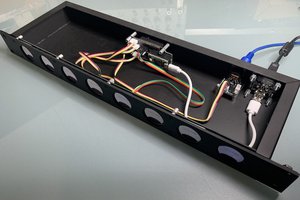
 Tom Dowad
Tom Dowad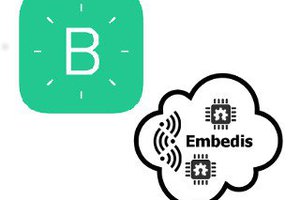
 Pattern Agents
Pattern Agents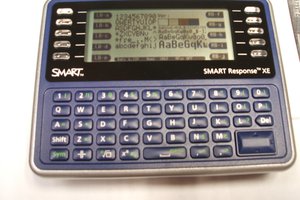
 Ray Burne
Ray Burne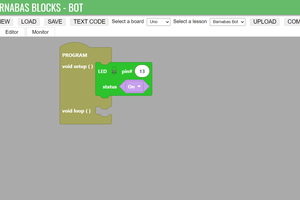
 Edward Li
Edward Li
Do you think this would work with rats? I haven't done nose poking with rats so I am not sure if the nose poke holes would accommodate them as well. Thank you!